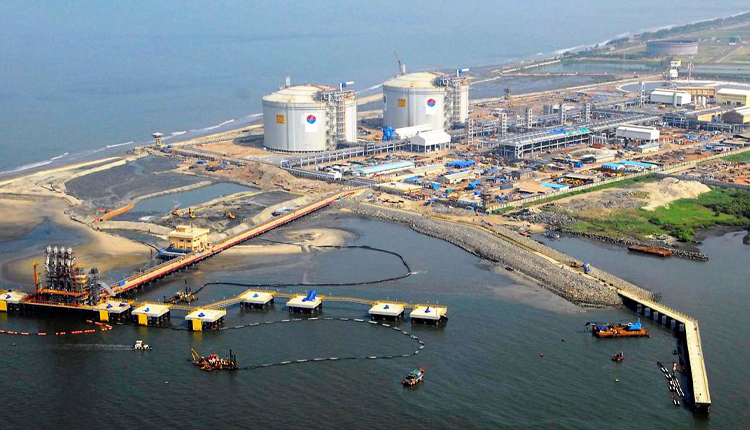Asia’s LNG imports are expected to dip slightly in June to 23.18 million metric tons, down from May’s 23.55 million but up 8.9 per cent from last June’s 21.28 million.
This steady outcome reflects little change in imports to China and Japan, the largest LNG importers. China is set to import 6.17 million tons in June, similar to May’s 6.19 million and last June’s 6.20 million. Japan’s imports are estimated at 4.69 million tons, down from May’s 4.80 million and last June’s 4.92 million.
India, the fourth-largest importer, is expected to see a significant increase, with June imports reaching 2.72 million tons, the second-highest on record and up from May’s 2.46 million. This marks a 54 per cent rise from last June’s 1.77 million tons. India’s first-half imports of 13.71 million tons are nearly a third higher than last year’s 10.44 million.
India’s imports from the US are notably increasing, with a record 960,000 tons expected in June, up from May’s 470,000 tons and nearly double the previous record from June 2021. This shift is due to US producers seeking alternative markets to Europe and offering competitively priced cargoes.
India also imported 70,000 tons from Australia’s Chevron Gorgon plant in June, reflecting its rising LNG demand due to strong power demand from an ongoing heatwave and robust economic growth.
In May, gas-fired electricity generation rose to 3.1 per cenr from 1.6 per cent last May. LNG is also used in industrial processes, and India’s GDP is growing at 7.8 per cent for 2023-24.
The key question is whether India’s strong demand will continue amid higher spot prices. As of June 21, the North Asia spot price was $12.60 per mmBtu, unchanged from the previous week but up 52 per cent from March’s low of $8.30 per mmBtu.
India’s demand may ease with cooler monsoon weather and slightly slower economic growth, projected to remain around 6-7 per cent this fiscal year.
Attribution: Reuters citing data compiled by commodity analysts Kpler.


